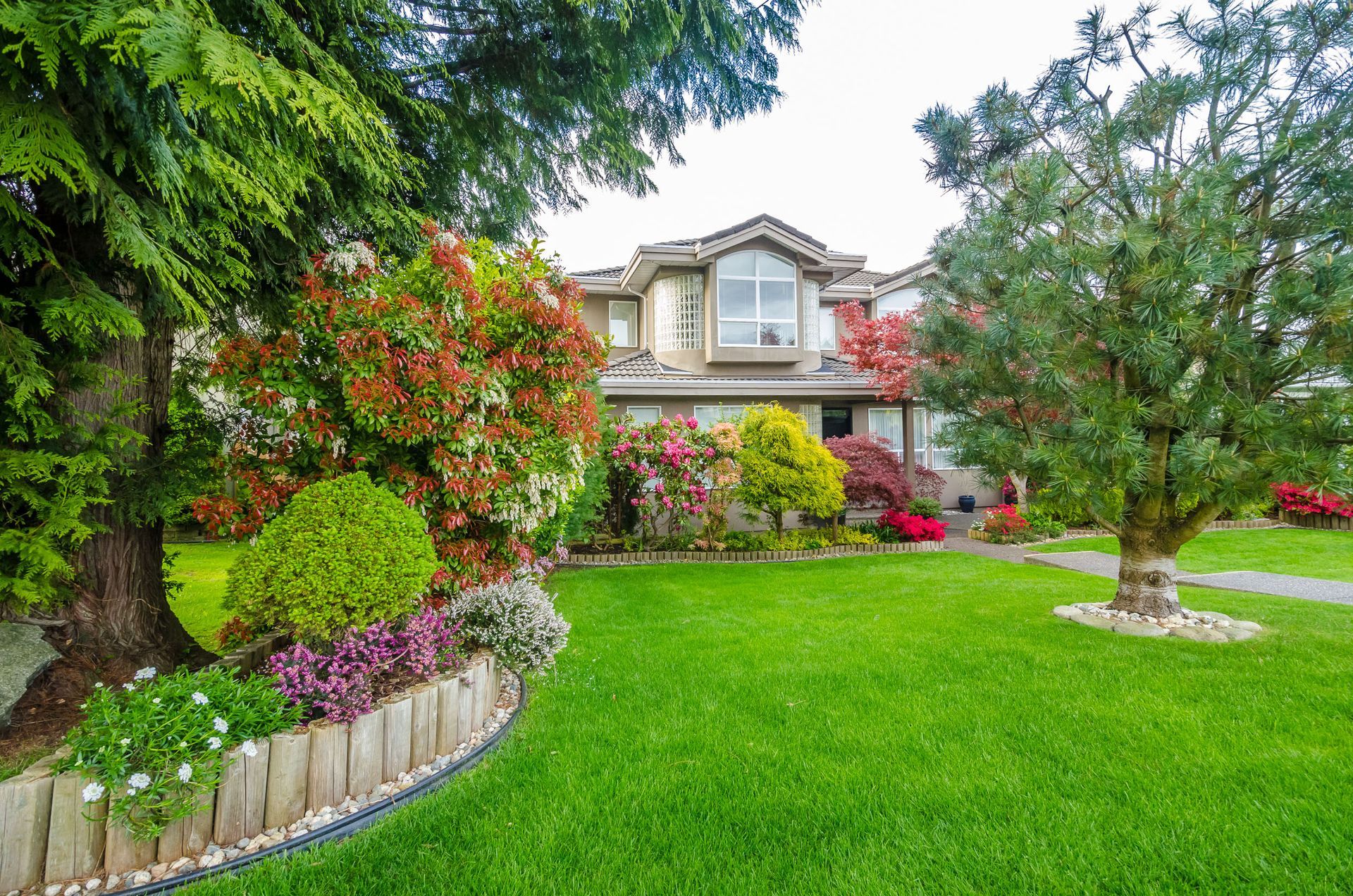3 Reasons Tree Relocation Saves Your Landscape
Explore the compelling reasons behind tree relocation and how it significantly benefits your landscape by enhancing aesthetics, promoting environmental sustainability, saving costs, and much more. Tree relocation is a detailed process that requires planning and expertise to achieve the desired outcome. By relocating trees, you can preserve mature trees, thereby enriching your landscape without starting from scratch. The decision to move a tree is often driven by the need to accommodate property development or to enhance an existing landscape plan. There are many dimensions to tree relocation that, when considered together, underscore its value for both individuals and communities.
1. Enhancing Aesthetics
Tree relocation offers a unique opportunity to improve landscape design by allowing for the strategic placement of mature trees, which can significantly transform a garden or yard. By carefully selecting and relocating trees, property owners can create visually stunning compositions that enhance both traditional and contemporary landscapes. With the right arrangement, trees can frame views, provide focal points, and create pathways that invite exploration. Tree relocation professionals can help in assessing the best new location for a tree to ensure it integrates seamlessly into a landscape. The result is a cohesive design that utilizes natural elements to elevate the overall aesthetic appeal.
Investing in tree relocation can substantially increase a property's value due to the aesthetic and environmental enhancements it brings. Mature trees are particularly prized for their ability to add character and depth to landscapes instantly, making the property more appealing to buyers. According to the Arbor Day Foundation, homes with trees sell 1.7 times faster than homes without trees. In today’s competitive real estate market, properties with well-developed landscapes often stand out, attracting higher offers and quicker sales. As such, tree relocation is not merely an aesthetic endeavor but also a strategic financial investment.
Tree relocation allows homeowners to change the color and texture palette of their landscapes with relative ease. By moving trees from one area of a property to another, it's possible to introduce variety and contrast that refresh the visual composition. Different species bring a range of foliage colors and patterns, which can be strategically used to highlight architectural features or create thematic zones. With proper planning, tree relocation can also enable the incorporation of native species that enhance the natural ecosystem of the area. This flexibility ensures that a landscape can evolve with changing personal tastes and environmental conditions.
Relocation of trees offers the opportunity to cultivate a landscape that changes and evolves with the seasons. By selecting a variety of trees with staggered flowering and foliage life cycles, it’s possible to enjoy a constantly dynamic garden. Moving trees based on seasonal aesthetic appeals can keep a garden looking fresh year-round while also fulfilling practical functions such as providing shade in summer and allowing more sunlight in winter. This not only promotes biodiversity within residential areas but encourages landscape adaptability to seasonal weather patterns. Homeowners can experiment and rotate flowering trees, ensuring the landscape maintains vibrancy throughout the year.
One of the major benefits of tree relocation is the instant establishment of mature trees within a landscape, which would otherwise take years to grow. Instant mature trees provide immediate aesthetic improvements, providing shade, screening, and structural elements that immature trees cannot offer. These large, established trees confer a sense of permanence and majesty to yards, gardens, and public spaces. Relocating such trees involves specialized equipment and techniques, ensuring their long-term survival in the new location. Consequently, the quick creation of shade and aesthetic structure is economically appealing for institutions and developers looking to establish green spaces swiftly.
2. Promoting Environmental Sustainability
Tree relocation plays a crucial role in promoting biodiversity conservation by preserving various tree species and maintaining ecological balance. By relocating trees instead of cutting them down, we allow for the continuation of habitats for numerous plant and animal species. Mature trees support complex food webs and help conserve the genetic diversity of plant species that are critical for long-term ecosystem sustainability. Ensuring the survival of these trees is a proactive step toward maintaining genetic reservoirs that could be crucial for future environmental adaptability. Relocating trees contributes to in-situ conservation efforts and fosters an interconnected ecosystem.
Relocating trees also supports carbon sequestration efforts by retaining mature trees that actively absorb carbon dioxide from the atmosphere. Trees act as effective carbon sinks, thus playing a pivotal role in mitigating climate change. Mature trees absorb significantly more CO2 than younger ones, making their preservation and proper relocation crucial in carbon management strategies. By relocating, we ensure that these carbon sequestration processes remain intact and are optimally positioned within the landscape. This preservation of trees underscores the interconnection between landscape management and global environmental health.
Trees significantly contribute to soil stability, and relocation can help safeguard vulnerable landscapes against erosion. Their complex root systems anchor the soil, reducing runoff and retaining moisture. Especially in regions susceptible to heavy rainfall, relocating trees to strategic positions can help break the flow of water and prevent land degradation. The presence of trees also enriches soil health through leaf litter and organic matter, further supporting plant growth and ecological balance. Thus, this strategic relocation efforts prevent soil erosion, maintain land integrity, and contribute to the long-term sustainability of landscapes.
Tree relocation can contribute to significant energy savings through strategic placement that optimizes natural heating and cooling. In urban landscapes, relocating trees to provide shade during summer months reduces the need for artificial cooling, effectively cutting energy consumption. In colder months, trees can serve as windbreaks, insulating properties, and decrease the need for heating. This multifunctional use of trees is an eco-friendly approach that aligns with energy conservation goals. Moreover, tree relocation supports sustainable urban planning by seamlessly integrating natural and built environments.
Trees play an indispensable role in the regulation of the water cycle, and their strategic relocation can enhance this natural process. Through transpiration, trees release moisture into the atmosphere, contributing to cloud formation and precipitation. By preserving mature trees through relocation, we maintain their role in supporting this delicate hydrological balance. Proper tree placement ensures that they help manage water distribution across landscapes, reducing reliance on artificial irrigation systems. Tree relocation, therefore, aligns with sustainable water management practices that are crucial for tackling water scarcity challenges.
3. Adapting to Urban Development
In densely built urban settings, space optimization is key to maintaining aesthetic and functional landscapes. Tree relocation aids in making efficient use of available spaces by strategically positioning trees where they can thrive without interfering with urban infrastructure. Urban developers can use relocation to ensure trees don't obstruct pathways or utility lines while still contributing to the green aesthetic. This harmonious application of tree relocation means urban areas can benefit from natural elements without compromising the built environment. Therefore, tree relocation stands as a strategic solution to elevate urban landscape design by maximizing space utility.
Zoning laws often dictate aspects of landscape planning, including tree placement. Tree relocation can help landowners comply with these laws without having to sacrifice mature trees. Relocation helps redirect trees that may otherwise conflict with zoning restrictions, preserving them while adhering to legal standards. By repositioning trees, property developers and homeowners can meet the compliance requirements mandated by local authorities, ensuring responsible urban development. Thus, tree relocation serves as a bridge between conserving green spaces and satisfying regulatory obligations.
Be sure to reach out to Alfaro Tree Sales Inc today for more information on our professional tree relocation services!






Share On: